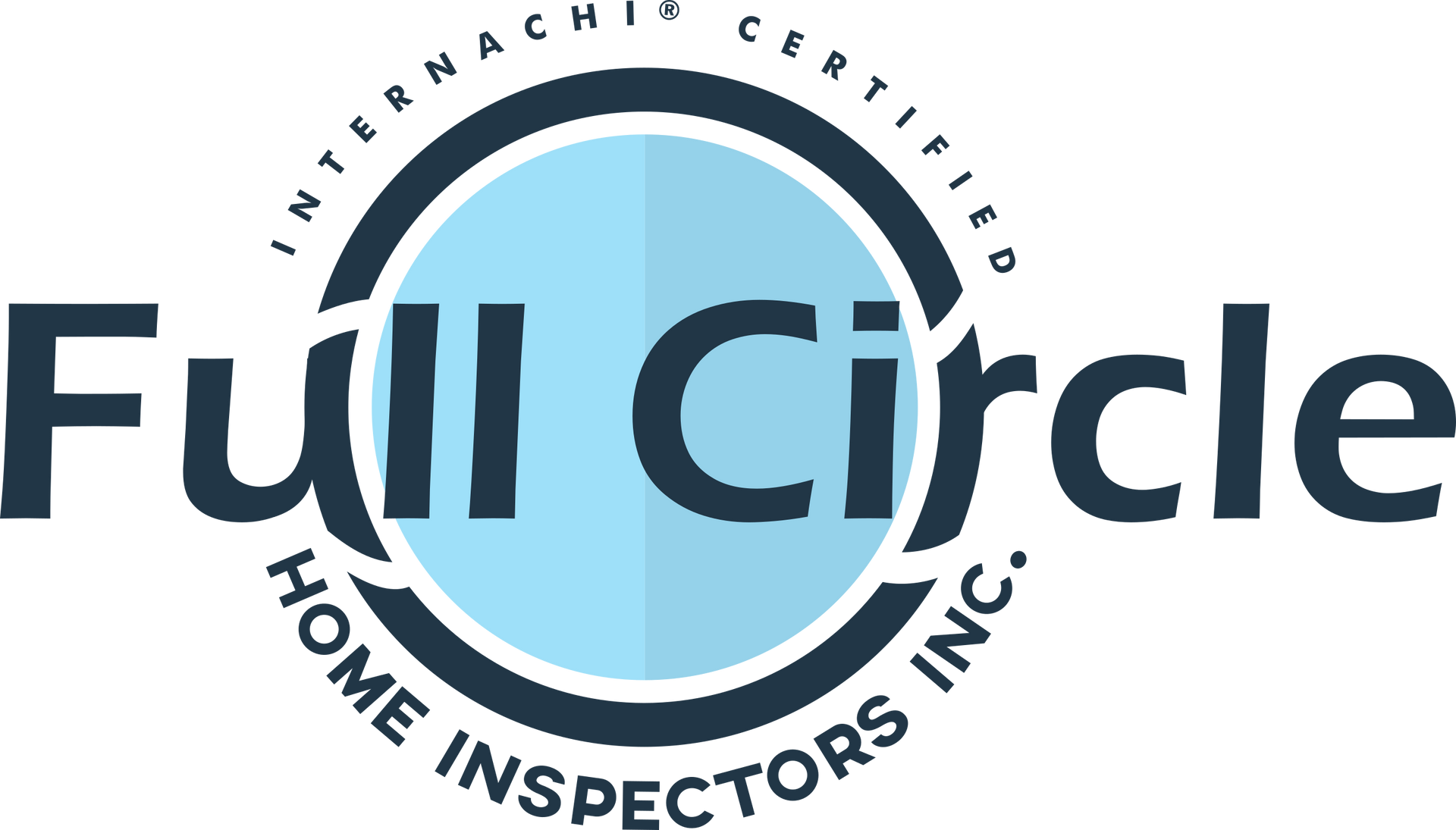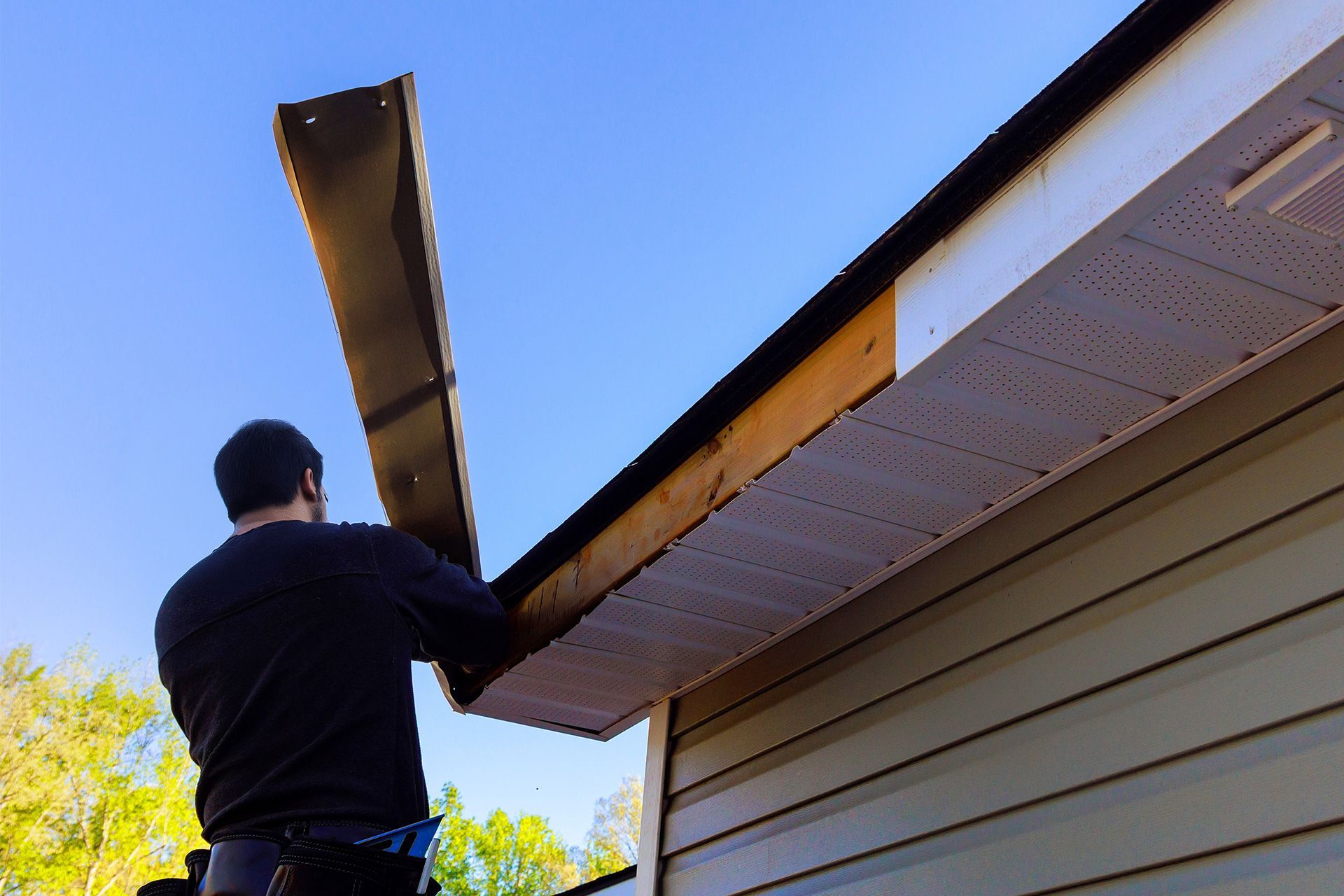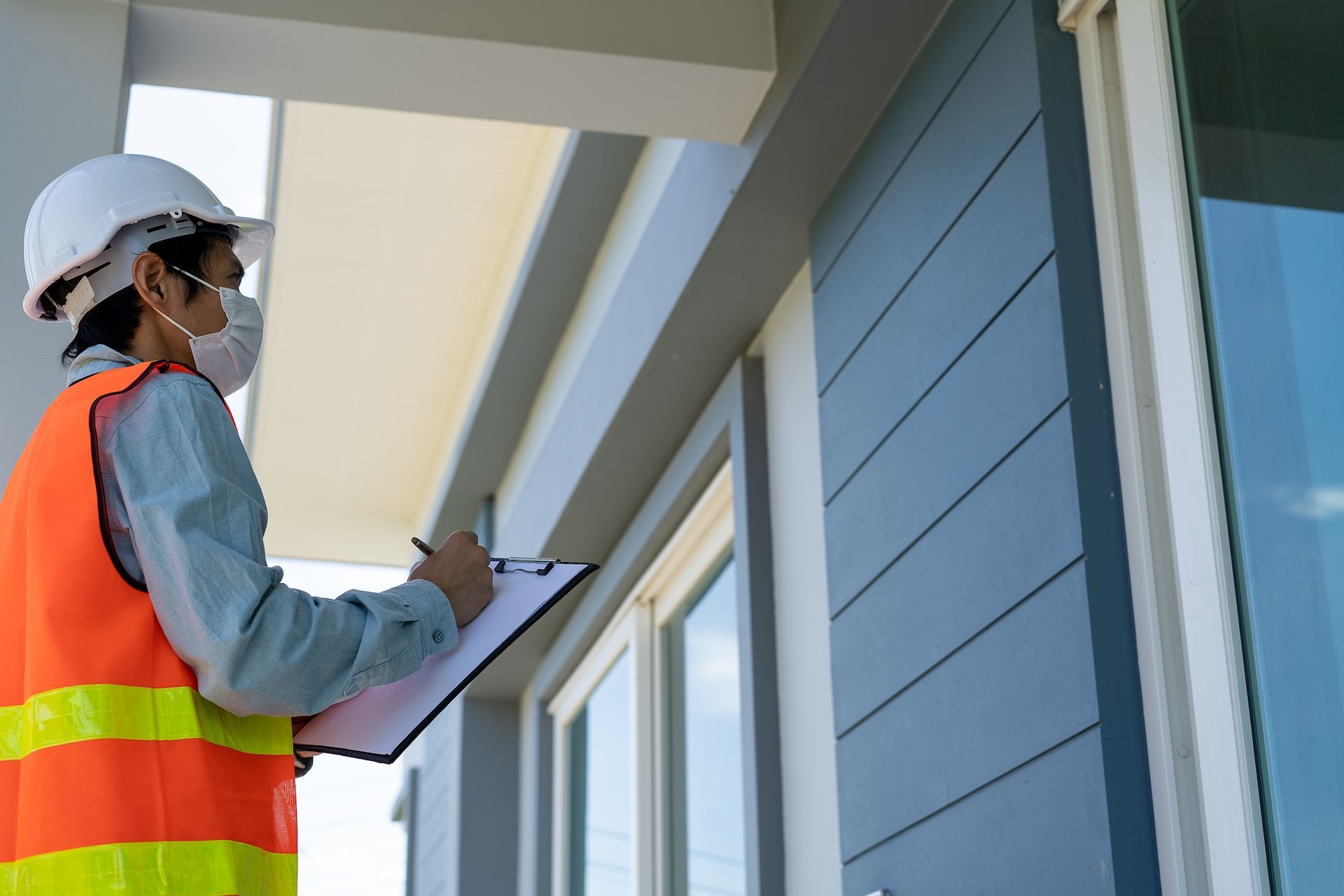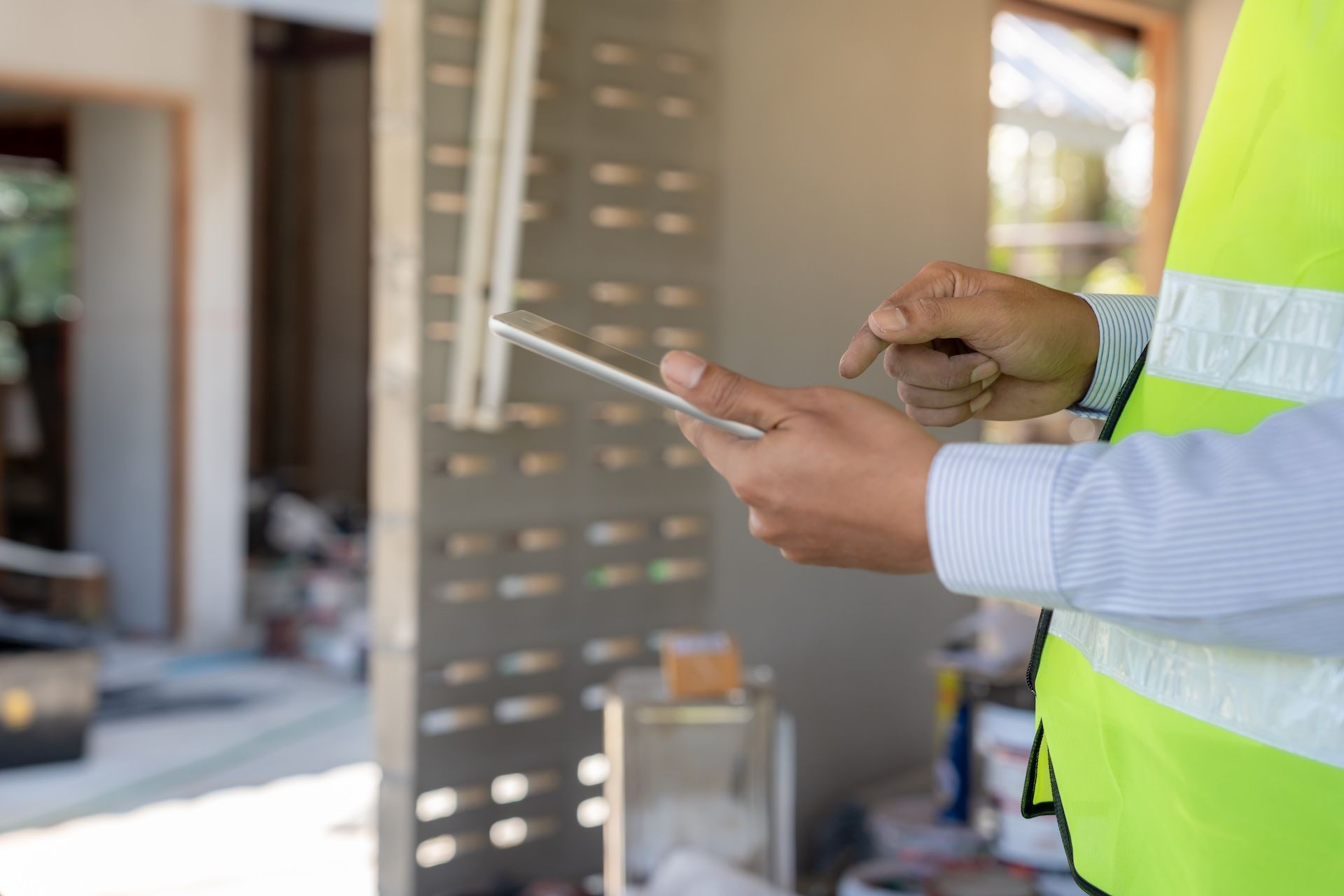How Do Home Inspectors Test for Mold?
Mold can hide behind walls, under floors, or in your HVAC system, places most homeowners never think to look. While some mold growth is easy to spot, other types can quietly affect your home’s air quality and your family’s health. That’s where professional mold testing comes in.
At Full Circle Home Inspectors, our certified inspectors use science-backed methods and specialized tools to find mold even when it’s invisible. In this article, we’ll explain how home inspectors test for mold, what signs they look for, and why proper testing matters.
What Is Mold and Why Does It Matter?
Mold is a type of fungus that grows in damp, warm environments. It spreads through tiny spores that float in the air and settle on surfaces. Common areas where mold grows include basements, bathrooms, attics, crawl spaces, and around leaky windows or pipes.
Mold isn’t just something that damages your property — it can have a serious impact on your indoor air quality and your health. Prolonged exposure can lead to symptoms like coughing, sneezing, and allergies, and for individuals with asthma or weakened immune systems, the risks are even greater. But the effects don’t stop there. Certain types of mold release mycotoxins into the air, which can enter the body and cross the blood-brain barrier. These toxins may cause inflammation, disrupt brain function, and damage critical areas like the hippocampus — the part of the brain responsible for memory and mood regulation. Over time, this can lead to brain fog, anxiety, and other cognitive challenges.
That’s why professional mold testing plays a vital role in maintaining a safe home environment. It’s not just about protecting the structure — it’s about safeguarding your health and giving you peace of mind.
What Do Home Inspectors Look for During a Mold Inspection?
Home inspectors are trained to spot the warning signs of mold even before testing begins. During an initial walkthrough, they may look for:
- Visible Mold Growth: Dark spots or fuzzy patches on walls, ceilings, or behind appliances.
- Water Damage: Stains, bubbling paint, or warped drywall.
- Musty Odors: A damp or earthy smell that often indicates hidden mold.
- Moisture Sources: Leaks under sinks, condensation on windows, or poor ventilation in bathrooms.
Once these signs are identified, inspectors decide if formal mold testing is needed to confirm the presence and type of mold.
The Different Types of Mold Testing Methods
Professional inspectors use several methods to test for mold, depending on where it’s located and how severe it might be. Here’s a breakdown of the most common techniques:
1. Air Sampling
Air sampling helps detect mold spores that are not visible to the naked eye. Inspectors collect air samples using special pumps that pull air through a filter. These filters trap spores, which are then sent to a laboratory for analysis.
Lab results show the type and concentration of mold spores in your home’s air. If levels are higher indoors than outdoors, it usually means there’s hidden mold somewhere inside.
2. Surface Sampling
Surface sampling checks for mold on walls, floors, furniture, or vents. Inspectors use swabs, tape lifts, or contact plates to collect samples from visible mold spots or areas suspected of contamination.
This method identifies specific mold species, which helps determine whether the mold is toxic or non-toxic and how it should be cleaned safely.
3. Moisture and Humidity Testing
Mold needs moisture to grow, so moisture meters and infrared cameras are essential tools for home inspectors. These devices measure the amount of moisture in building materials and the relative humidity in the air.
By pinpointing damp spots, inspectors can locate hidden mold colonies before they spread.
Tools Used in Professional Mold Testing
Professional home inspectors use advanced tools to ensure accurate mold testing results. Common tools include:
- Infrared Thermal Imaging Cameras: Detect hidden moisture behind walls or ceilings.
- Moisture Meters: Measure water content in materials like wood or drywall.
- Air Sampling Pumps: Capture airborne mold spores for lab testing.
These tools give inspectors the data and evidence needed to identify mold accurately and recommend the right solutions.
What Happens After Mold Testing?
After completing the tests, samples are sent to a certified laboratory for analysis. The lab identifies mold species, measures concentration levels, and provides a detailed report.
Your home inspector will then:
- Explain the results in simple terms.
- Identify affected areas of your home.
- Recommend next steps, such as further testing, mold remediation or moisture control.
In most cases, mold testing reports are available within a few days, giving homeowners the information they need to act quickly.
Why Choose Professional Mold Testing?
Some homeowners try DIY mold test kits, but these often provide unreliable results. Here’s why professional mold testing by trained home inspectors is better:
- Accuracy: Certified inspectors follow strict testing protocols.
- Expert Analysis: Lab reports identify mold species, not just presence.
- Health Protection: Professionals locate hidden mold that DIY kits miss.
- Actionable Solutions: Inspectors provide next steps for cleanup and prevention.
Professional testing ensures you get trustworthy results and a plan to make your home safe again.
How to Prevent Mold Growth in Your Home
Even after remediation, it’s important to prevent mold from returning. Here are some simple ways to keep your home mold-free:
- Fix leaks in roofs, walls, or plumbing immediately.
- Keep humidity levels below 50%.
- Use exhaust fans in bathrooms and kitchens.
- Clean and maintain gutters regularly.
- Ensure proper ventilation in attics and crawl spaces.
- Have your HVAC system inspected and filters replaced regularly.
By controlling moisture, you can prevent most mold issues before they start.
When Should You Schedule Mold Testing?
Consider scheduling professional mold testing if you notice any of the following:
- Persistent musty odors.
- Water damage from leaks or flooding.
- Visible mold growth on walls or ceilings.
- Unexplained allergic reactions or respiratory problems.
- Buying or selling a home, and want peace of mind.
Early testing can save you from costly repairs and protect your family’s health.
Final Thoughts
Mold can be sneaky, but professional mold testing by certified home inspectors can uncover hidden problems and help you take action before they get worse. Whether you’re buying a new home or maintaining your current one, regular inspections protect both your property and your health.
Suspect mold in your home? Contact Full Circle Home Inspectors today for reliable and professional mold testing you can trust.
FAQs About Mold Testing
Can mold make you sick?
Absolutely — it can seriously affect your health. For some people, especially those with asthma, allergies, or weakened immune systems, exposure to mold can trigger symptoms like coughing, sneezing, skin irritation, or respiratory issues.
But the risks don’t stop there. Certain types of mold release microscopic toxins (called mycotoxins) into the air. These can be inhaled, enter the body, and even cross the blood-brain barrier — potentially causing inflammation, disrupting brain function, and impacting areas like memory and mood. Over time, exposure may lead to issues such as brain fog, anxiety, or other cognitive concerns.
How long does mold testing take?
The inspection usually takes 1–2 hours, and lab results are typically ready within 2–4 business days.
Can I test for mold myself?
DIY kits are available, but they’re not as accurate as professional testing. Certified home inspectors use precise tools and lab analysis to identify mold correctly.
What happens if mold is found in my home?
Your inspector will recommend professional remediation to remove the mold safely and fix the source of moisture.
How much does professional mold testing cost?
Costs vary depending on the size of your home and number of samples, but it’s a small investment compared to potential health and repair costs.
Disclaimer: The information on this website and blog is for general informational purposes only and is not professional advice. We make no guarantees of accuracy or completeness. We disclaim all liability for errors, omissions, or reliance on this content. Always consult a qualified professional for specific guidance.







